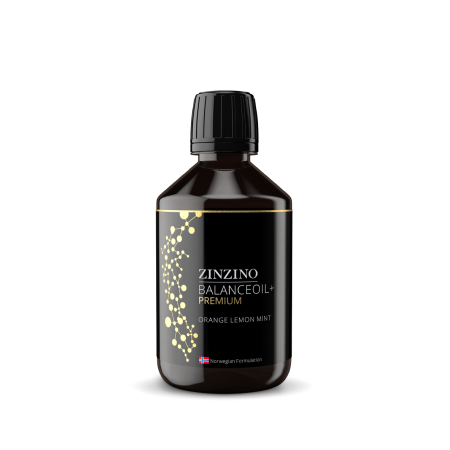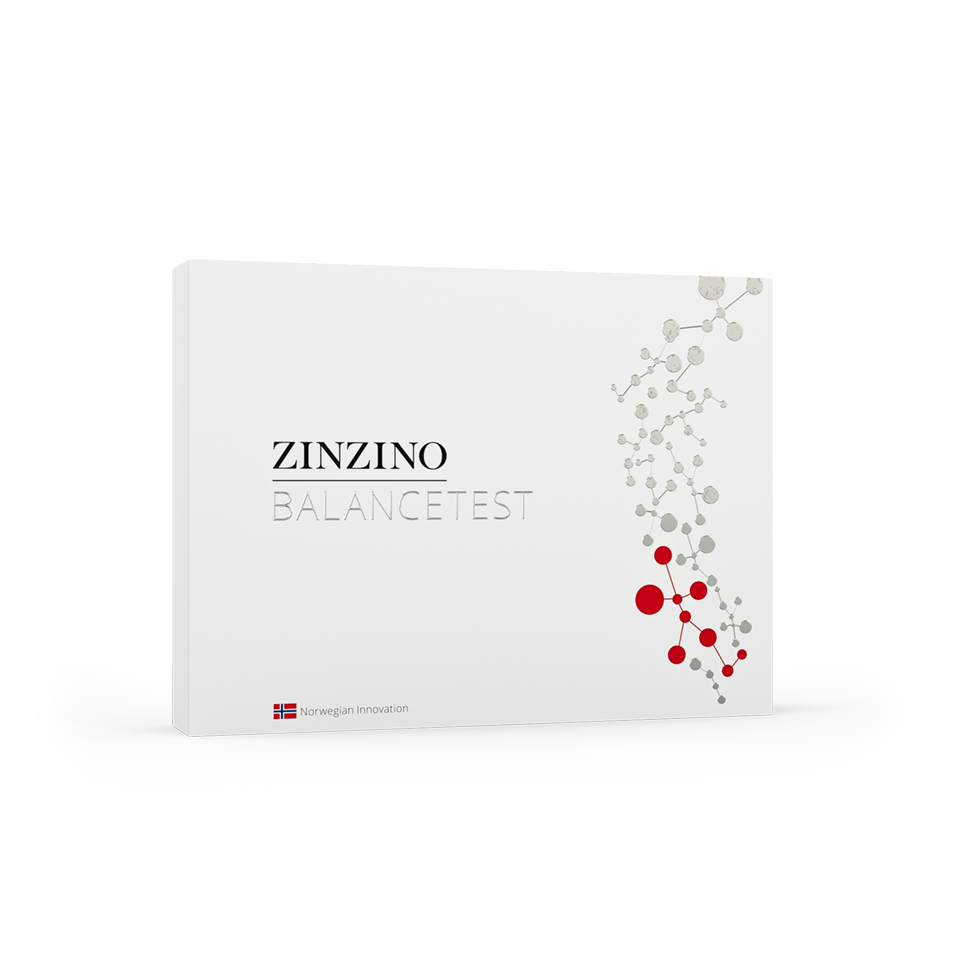The benefits of fish oil for pregnant women (and beyond)

Pregnancy is a special time for women, as the body prepares to grow and deliver a baby. That is why the nutrient needs of new mothers change, too. There are various vitamins and minerals needed for a healthy pregnancy, including the adequate consumption of Omega-3 fatty acids. So, if you’re wondering if you can take fish oil while pregnant, the answer is yes.
Long-chain polyunsaturated fatty acids (LCPs), known as the building blocks of fats, help the body function normally. LCPs are important for both mothers and babies. Omega-3 fatty acids play a role in brain development1, as well as the nervous system2 and vision3.
In terms of how much Omega-3 to consume while pregnant, dietitians advise two to three portions of sea fatty fish per week (such as mackerel, herring, sardines, salmon). This is to ensure a minimum amount of at least 450 mg marine Omega-3s per day (of which at least 200 mg should be in the form of DHA). The recommended minimum amount varies worldwide and some countries have higher minimum limits, for example 900 mg of marine Omega-3s (of which 800 mg in DHA fat) for pregnant women in Australia.
For pregnant women who do not regularly consume fish, the use of supplements with marine Omega‐3 fatty acids is recommended. For vegetarians and vegans, there are other sources of marine Omega-3s, such as seaweed and algae oil.
Omega-3 supplement regimen, prenatal and postnatal
A pure, high-quality Omega-3 fish oil is good for the pregnant woman’s body and in the early stages of an infant’s life. Because these essential fatty acids aren’t synthesized by the body, supplementation is necessary.
A prenatal Omega-3 recommendation is to allow at least six months prior to conception to build up this important essential fat*. It’s equally as important after delivery, and during breastfeeding.
BalanceOil+ is an Omega-3 fatty acids supplement, high in olive polyphenols and vitamin D3. It safely adjusts and maintains EPA + DHA levels and the Omega-6:3 ratio in the body, while protecting cells from oxidation. A premium blend of oils derived from wild-caught small fish and pre-harvest extra virgin olive oil, BalanceOil+ contributes to normal heart2, brain1 and immune function4.
This is a great source of Omega-3, without the concerns of environmental contaminants. BalanceOil+ uses a certified sustainable source of wild-caught fish and is molecularly tested for toxins to ensure freshness and safety. This purity factor is important for all people, especially pregnant mothers.
Omega-3 benefits for women & children
Two of the Omega-3 fatty acids, EPA and DHA are proven to maintain normal brain function1. For pregnant and lactating women, DHA contributes to normal brain development of the fetus and breastfed infants. EPA and DHA also contribute to the maintenance of blood triglyceride levels5, stable blood pressure6, and heart function2.
In addition, DHA supports healthy eye function3, which is extremely important for infants. BalanceOil+ is an all-natural way to leverage the wonderful benefits of Omega-3 fatty acids.
Given that the body can’t produce polyunsaturated fatty acids, BalanceOil+ is an essential part of a new mother’s daily routine. And with how easy it is to consume (hidden in a morning smoothie or juice), BalanceOil+ is convenient for the changing dietary needs and preferences of mothers.
BalanceOil+ introduces 15+ EFSA-approved health benefits to new mothers, while also gently rebalancing the Omega-6:3 ratio. As pregnant and breastfeeding women embark on a new phase of life that’s physically and emotionally demanding, BalanceOil+ can help ensure the body is in its best state.
The Omega-3 BalanceOil+, a fish oil in a league of its own, is a morning ritual that will long outlast the pregnant, baby and toddler phases.
* These statements have not been evaluated by the Food and Drug Administration. This product is not intended to diagnose, treat, cure, or prevent any disease
1. DHA and EPA contribute to the maintenance of normal blood pressure
DHA und EPA tragen zum Erhalt des normalen Blutdrucks bei. Die Angabe darf nur für Lebensmittel verwendet werden, die eine Tagesdosis von 3 g EPA und DHA enthalten. Um die gesundheitsbezogene Angabe tragen zu dürfen, muss der Verbraucher die Information erhalten, dass sich die positive Wirkung bei einer Tagesdosis von 3 g EPA und DHA einstellt. Wenn die Angabe auf Nahrungsergänzungsmitteln und/oder angereicherten Lebensmitteln verwendet wird, muss der Verbraucher die Information erhalten, dass die ergänzende Tagesdosis von 5 g EPA und DHA kombiniert nicht überschritten werden darf.
2. DHA contributes to the maintenance of normal vision
DHA trägt zur normalen Funktion der Augen bei. Die Angabe darf nur für Lebensmittel verwendet werden, die mindestens 40 mg DHA pro 100 g und pro 100 kcal enthalten. Um gesundheitsbezogene Angaben machen zu können, muss der Verbraucher die Information erhalten, dass sich die positive Wirkung bei einer Tagesdosis von 250 mg EPA und DHA einstellt. Die Aufnahme von Docosahexaensäure (DHA) trägt bei Babys bis zu 12 Monaten zur Entwicklung eines normalen Sehvermögens bei. Der Verbraucher muss die Information erhalten, dass sich die positive Wirkung bei einer Tagesdosis von 100 mg DHA einstellt. Wenn die Angabe auf Folgenahrung verwendet wird, muss das Lebensmittel mindestens 0,3 % der gesamten Fettsäuren als DHA enthalten.
3. Vitamin D contributes to immune system
Vitamin D trägt zur normalen Funktion des Immunsystems bei. Die Angabe darf nur für Lebensmittel verwendet werden, bei denen es sich zumindest um eine Vitamin-D-Quelle im Sinne der Angabe Vitamin-D-QUELLE handelt, wie im Anhang zur Verordnung (EG) Nr. 1924/2006 aufgeführt ist.
4. DHA and EPA contribute to the maintenance of normal blood
DHA und EPA tragen zur Aufrechterhaltung normaler Triglyceridwerte im Blut bei. Die Angabe darf nur für Lebensmittel verwendet werden, die eine Tagesdosis von 2 g EPA und DHA enthalten. Um die gesundheitsbezogene Angabe tragen zu dürfen, muss der Verbraucher die Information erhalten, dass sich die positive Wirkung bei einer Tagesdosis von 2 g EPA und DHA einstellt. Wenn die Angabe auf Nahrungsergänzungsmitteln und/oder angereicherten Lebensmitteln verwendet wird, muss der Verbraucher die Information erhalten, dass die ergänzende Tagesdosis von 5 g EPA und DHA kombiniert nicht überschritten werden darf. DHA trägt zur Aufrechterhaltung normaler Triglyceridwerte im Blut bei. Die Angabe darf nur für Lebensmittel verwendet werden, die eine Tagesdosis von 2 g DHA liefern und die DHA in Kombination mit Eicosapentaensäure (EPA) enthalten. Um die gesundheitsbezogene Angabe tragen zu dürfen, muss der Verbraucher die Information erhalten, dass sich die positive Wirkung bei einer Tagesdosis von 2 g DHA einstellt. Wenn die Angabe auf Nahrungsergänzungsmitteln und/oder angereicherten Lebensmitteln verwendet wird, muss der Verbraucher die Information erhalten, dass die ergänzende Tagesdosis von 5 g EPA und DHA kombiniert nicht überschritten werden darf.
5. DHA and EPA contribute to the normal function of the heart
DHA und EPA tragen zu einer normalen Herzfunktion bei. Die Angabe darf nur für Lebensmittel verwendet werden, bei denen es sich zumindest um eine EPA- und DHA-Quelle im Sinne der Angabe Omega-3-Fettsäure-QUELLE handelt, wie im Anhang zur Verordnung (EG) Nr. 1924/2006 aufgeführt ist. Um die gesundheitsbezogene Angabe tragen zu dürfen, muss der Verbraucher die Information erhalten, dass sich die positive Wirkung bei einer Tagesdosis von 250 mg EPA und DHA einstellt.
6. DHA contributes to the maintenance of normal brain
DHA trägt zur Erhaltung einer normalen Hirnfunktion bei. Die Angabe darf nur für Lebensmittel verwendet werden, die mindestens 40 mg DHA pro 100 g und pro 100 kcal enthalten. Um gesundheitsbezogene Angaben machen zu können, muss der Verbraucher die Information erhalten, dass sich die positive Wirkung bei einer Tagesdosis von 250 mg EPA und DHA einstellt. Die Aufnahme von Docosahexaensäure (DHA) durch die Mutter trägt zur normalen Hirnentwicklung des Fötus und des Säuglings bei. Schwangere und stillende Frauen müssen informiert werden, dass sich die positive Wirkung bei einer Tagesdosis von 200 mg DHA zusätzlich zu der empfohlenen Tagesdosis für Omega-3-Fettsäuren für Erwachsene einstellt, d. h. 250 mg DHA und EPA. Die Angabe darf nur für Lebensmittel verwendet werden, die eine Tagesdosis von mindestens 200 mg DHA enthalten.




Share this page
Or copy link